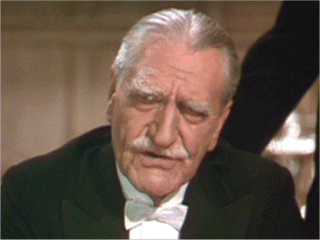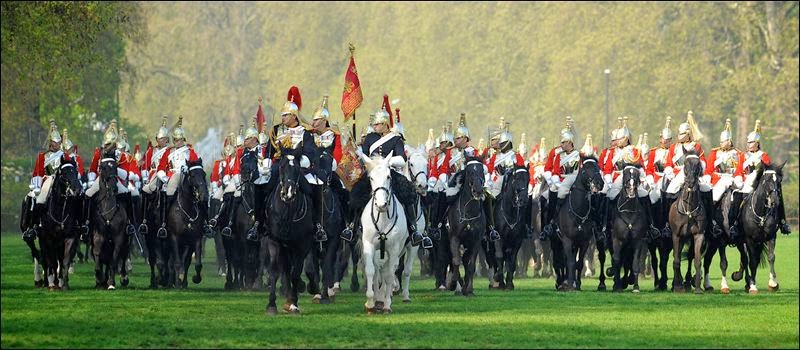Victoria here. I recently visited the Corcoran Gallery in Washington D.C. which is facing some big changes in the future, including probable takeover of the collection by the National Gallery of Art and of the College of Art and Design by George Washington University.
Victoria with one of the Lions guarding the entrance
I visited for the first time in many years because of the accounts I had read of the negotiations over the gallery’s collection, school, and building. Back when I lived in Washington D.C., I went often so this was a sentimental return as well as curiosity about what is going on. Author Diane Gaston and I walked over after a delicious Peruvian lunch at El Chalan with Julie Halperson, who sadly had to return to work after our chat and feast.
Julie, Diane and Vicky with a mural behind!
Diana and I explored the wonderful galleries and chatted with a few employees and students, all of whom expressed disappointment that the Corcoran would probably not be able to sustain its independence. But nothing is etched into the marble as yet, and the proposed solution to the Corcoran’s continuing budget deficits will at least preserve most of the institution’s assets, if not its historic status. So the general mood was measured optimism. The Corcoran’s website is
here.
View from 17th St, corner of New York Ave. NW
Here are some shots I took of the European collection, starting in the Mantel Room.
The Mantel Room, with Houdon busts and
paintings by Gainsborough (left two) and Reynolds, above
The Corcoran is primarily notable for its American paintings, about which I will also write later. But of course Diane and I were immediately drawn to the British and French works from the 18th and 19th centuries. Observations on the mantel after which the room is named were written by art critic Blake Gopnik here. It apparently has a long and intercontinental history.
Gainsborough: Frances Susanna, Lady de Dunstanville, c. 1785
Gainsborough: Francis Basset, Lord de Dunstanville, c. 1786
Thomas Gainsborough (British, 1727-1788) painted this couple from Cornwall in his usual style. Here is an
interesting article about the paintings written by Blake Gopnik from the Washington Post several years ago.
.
Reynolds: Annetta, Daughter of Edward Coke, Esq.;
wife of Lewis Cage, Esq. of Milgate, Kent, 1758.
I will write more about this painting too, as I have had quite an adventure trying to find out more about the subject and the actual painting itself. I will just ease you a bit by saying this lady shows up on the extended family tree of Jane Austen.
Giuseppe Croff (Italian, 1810–69) The Veiled Nun c. 1860 marble
For a period of time in the 19th century, sculptures of veiled women executed in marble were very popular. The skills of the artists are obvious and the mysterious ladies always attract attention. This bust was purchased by Gallery founder William Wilson Corcoran in Rome and was part of the gallery’s collection from its opening in 1874.
Elisabeth Vigée LeBrun, French (1755-1842) Madame du Barry 1782
Vigée LeBrun is a renowned painter, one of the few women artists to reach the height of fashion and excellence in her time. She painted many French aristocrats (and those not better than they should be), especially the ill-fated Queen Marie Antoinette. Vigée LeBrun fled France and traveled in Europe, to Russia and to Britain where she extended her popularity. Jeanne Bécu, comtesse du Barry (1743-1793), a mistress of Louis XV, was beheaded in the Reign of Terror. Her story has been often told and re-told in print and in film.
Jean-Baptiste-Camille Corot French (1796-1875)
Le Repos (the Repose), 1860, re-worked 1865-70
Corot, whose beloved landscapes grace more museums than just about anyone’s, paints this nude as almost an accessory to the landscape. As the leader of the Barbizon movement, he was, in the words of Wikipedia “…a pivotal figure in landscape painting. His work simultaneously references the Neo-Classical tradition and anticipates the plein-air innovations of Impressionism.”
Pierre-Auguste Renoir, French 1841-1919
View from Cap Martin of Monte Carlo, c. 1884
This landscape by Renoir is based on a sketch he made on a Riviera trip with Claude Monet in 1883.
Rembrandt van Rijn Dutch (1606-1669)
Man with a Sheet of Music, 1638
Sorry about the reflection on his hat, but a couldn’t find an angle to eliminate it. Rembrandt’s work needs no description from me, but this painting is indicative, along with those above, of the kind of works collected by the founders of the collection. Some might call them robber barons, but many of them, both in the U.S. and abroad, left us treasures we have to be thankful for. I wonder of the billionaires of today will do the same for our grandchildren?
I will be blogging more about the Corcoran collections soon, including the American works, the Salon Doré, and the fate of the Gallery itself.
.jpg)























